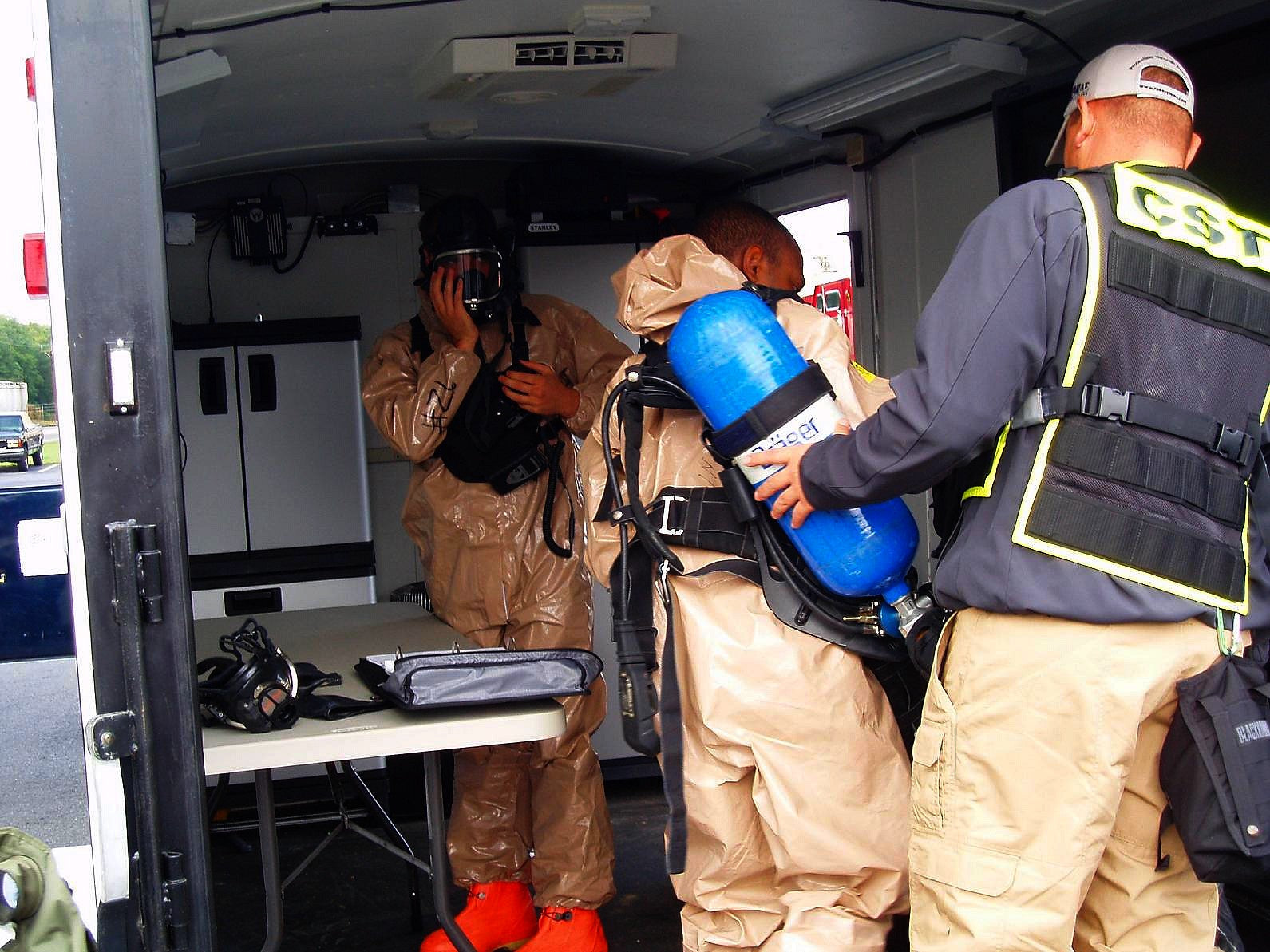
Some confined spaces just aren't fit to breath in. Respiratory protection, whether for work in a space with Immediate Danger to Life and Health (IDLH) or in a rescue operation where air filtering or purifying respirators are not an option, has two critical requirements: First, it must provide a clean air supply. Secondly, it cannot interfere with safe entry and exit from the space. The two types of breathing devices that fit these requirements are a self-contained breathing apparatus (SCBA) or a supplied air respirator (SAR). Both SCBA and SAR have inherent limitations to their designs that are important to take into account when figuring out the right protection for your team.
SAR systems require the entrant to carry an escape bottle of air in the event of a failure of the airline or the external air supply. These bottles typically last for 5 or 10 minutes, and sometimes much less if the person is breathing hard. Additionally, there are limitations on how long an air hose can be, and the pressure must be regulated to make sure the user is receiving a proper air flow.
The good thing about SAR systems is that they have an almost unlimited supply of air once the worker is safely at the work site.
SCBA systems, on the other hand, have very finite supplies of air. Typically they come in 30-, 45-, or 60-minute tanks and just like the emergency tank on the SAR, they can be drained quickly if the user is exerting themselves physically or under stress. SCBA systems are also fairly bulky and can inhibit entry into confined spaces with narrow openings.
Whichever system your team chooses, make sure they know everything that can go wrong. IDLH and emergencies are the worst times to find out new limitations of your equipment.
If you have any questions about SCBA or SAR systems, please give our folks in customer service a call at 800-829-9580.
